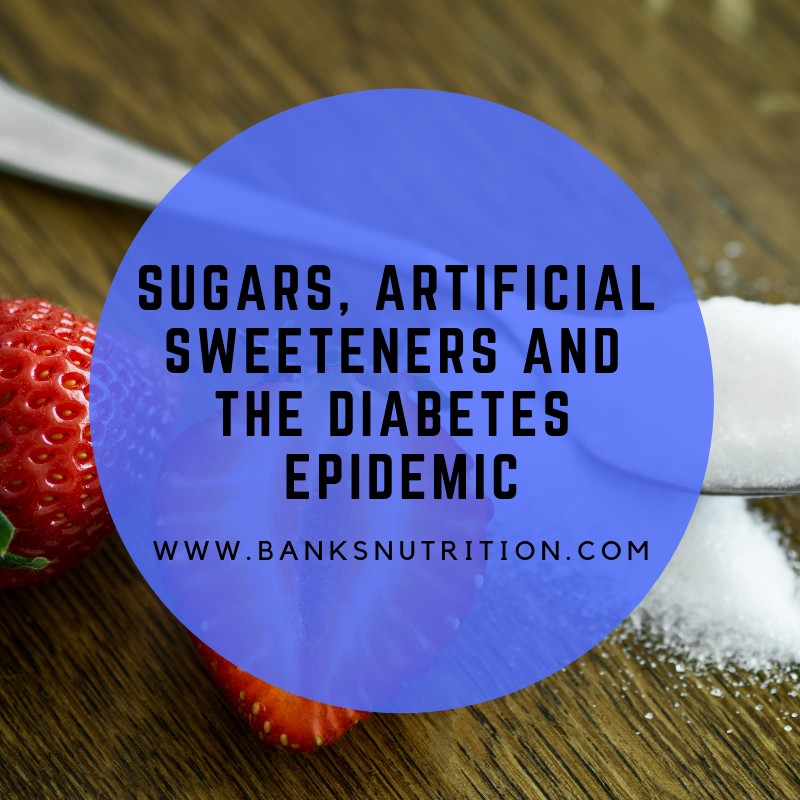
Sugars, Artificial Sweeteners and the Diabetes Epidemic
-
75% of manufactured food products are enhanced with sweetener
-
The purpose of enhancing food products is to drive the brain to want to consume more sugar
-
Sugar works its enhancement in the same area that cocaine and addictive substances do triggering the release of dopamine
-
Increased drive in the brain to consume more sugar can cause a huge diabetes risk shown in a 14- year study of over 66,000 women
-
Insulin resistance
It has been an uphill battle to raise public awareness about the true impact of the Western sweet addiction. About 75% of all manufactured food products are “enhanced” with sweetener. The enhancing is for one purpose; it increases the drive in the brain to consume. Tomato soup with sugar in it excites the brain better than just plain tomato soup.
The problem is that sugar works its enticement in the same area of the brain that cocaine and other addictive substances do triggering the release of dopamine, a neurotransmitter that gives the sensation of pleasure. Dopamine is responsible for what neuroscientists call “reward-driven learning” that drives repeating what triggered it.
If any broad public attempt has been made to curb the sugar problem, it has been substituting artificial sweeteners to prevent the associated health problems but allowing the habitual sweet rush to continue. Unfortunately, a wealth of new data is showing that this has been a failed concept.
A 14-year study of over 66,000 women looked at the impact of sugar sweetened and artificially sweetened beverages (ASB) on diabetes risk. The findings provide a stark reality.

The problem comes from the body’s preparation to handle increased blood sugar. The first warning seems to be the tripping of the sweet receptors (nerve endings) in the tongue that tell the brain to start the release of insulin. These receptors don’t differentiate between real and perceived sugar, they only respond to sweet. With time, insulin levels remain elevated causing the first step in the transition to diabetes, insulin resistance.
The study found that those who drank ASBs drank about twice as much as their SSB consuming counterparts. The false security of artificial sweeteners likely allowed them to flog the sweet receptors to a greater extent causing greater ongoing insulin responses. In a way, it appears to have led to greater addiction and the ensuing consequences.
Fagherazzi et al. Consumption of artificially and sugar-sweetened beverages and incident type 2 diabetes in the Etude Epidémioloqique auprès des femmes de la Mutuelle Générale de l'Education Nationale-European Prospective Investigation into Cancer and Nutrition cohort. A, J Clin Nutr, 2013;97:517-523.